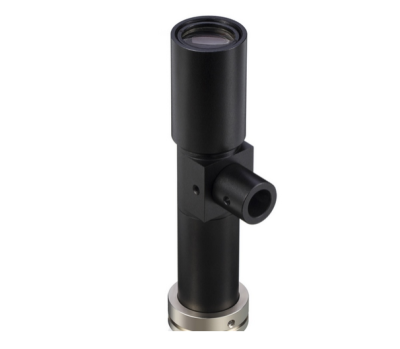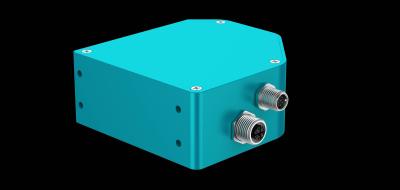Porcelain Sheathed Metal Oxide Arrester
Metal oxide arrester (MOA) is an important protective appliance used to protect the insulation of power transmission and transformation equipment from overvoltage. It has the advantages of fast response, flat volt ampere characteristics, stable performance, large current carrying capacity, low residual voltage, long life, simple structure, etc., and is widely used in power generation, transmission, transformation, distribution and other systems. The metal oxide arrester with composite sheath is made of silicone rubber composite material. Compared with the traditional porcelain sheath arrester, it has the advantages of small size, light weight, solid structure, strong pollution resistance and good explosion-proof performance.
The main component of the metal oxide arrester's nonlinear resistance valve is zinc oxide, which has excellent nonlinear characteristics. Under normal operating voltage, the resistance value is very high, which is actually equivalent to an insulator. Under over-voltage, the resistance of the resistor is very small, and the residual voltage is very low. However, under normal operating voltage, the valve plate will deteriorate due to long-term power frequency voltage, which will cause changes in resistance characteristics and increase the leakage current flowing through the valve plate. The rapid increase of the resistive component in the current will cause the temperature on the valve plate to rise and cause thermal collapse,
and even cause the explosion of the arrester in serious cases. According to the General Technical Specifications for Metal Oxide Arresters, there are 6 testing items for metal oxide arrester, namely (1) insulation resistance; (2) Leakage current under DC U1mA and 0.75U1mA; (3) AC leakage current under operating voltage; (4) Power frequency reference voltage under power frequency reference current; (5) Insulation resistance of base; (6) Check the action of discharge counter.
The basic structure of metal oxide arrester is valve plate. The valve plate is made of zinc oxide (ZnO) as the main material, mixed with a small amount of other metal oxide additives and baked at high temperature. It has good nonlinear varistor characteristics, so it is also called varistor arrester.
The basic structure of the sintered body is zinc oxide crystal with high conductivity, and the resistivity is 1 Ω• cm. The edge is surrounded by a grain boundary layer with high resistance (mainly metal oxide additives), and the resistivity is about 1010~1014 Ω·cm under low electric field intensity. Under the action of higher voltage, the valence electrons in the grain boundary layer of the metal oxide additives are pulled out, or the carriers are greatly increased due to the electron avalanche generated by collision ionization. When the electric field strength reaches 104~105V/cm, the resistivity will be reduced to 1 Ω·cm; When the applied voltage decreases, the recombination reduces the carrier and increases the resistance, so it has good nonlinearity. And its nonlinear volt ampere characteristics are symmetrical in positive and negative polarity.
Under the normal working voltage, the resistive current through the metal oxide valve is very small, generally about 10~15 μ A. Near insulation state. When the voltage acting on the valve plate increases, the current increases. When the resistive current through the valve blade is 1mA, the voltage mA U1 acting on the arrester is the initial action voltage. Due to the good nonlinear characteristics of zinc oxide valve slice, the ratio of residual voltage to mA U1 is generally not greater than 1.9 when passing 10kA impulse current. The smaller the voltage ratio, the better the protection performance. The value of mA U1 is about 1.05-1.15 times of the maximum allowable working voltage peak value.












